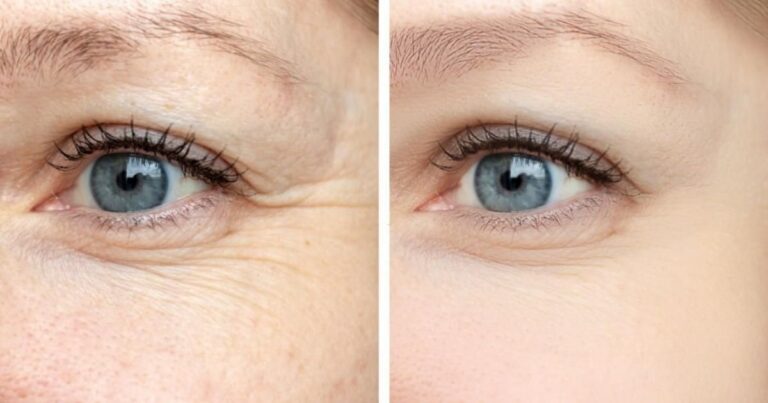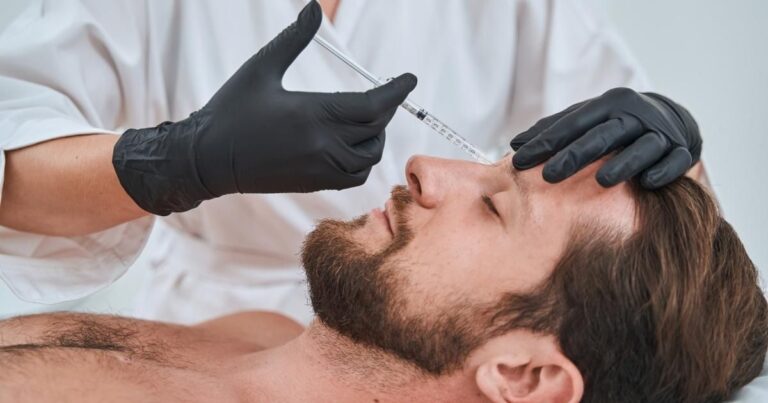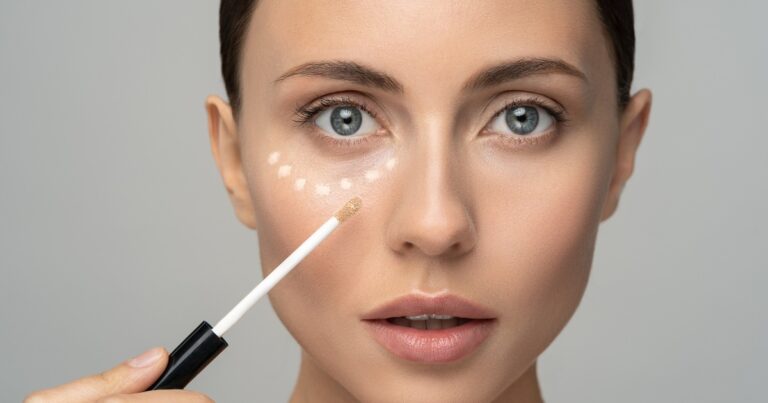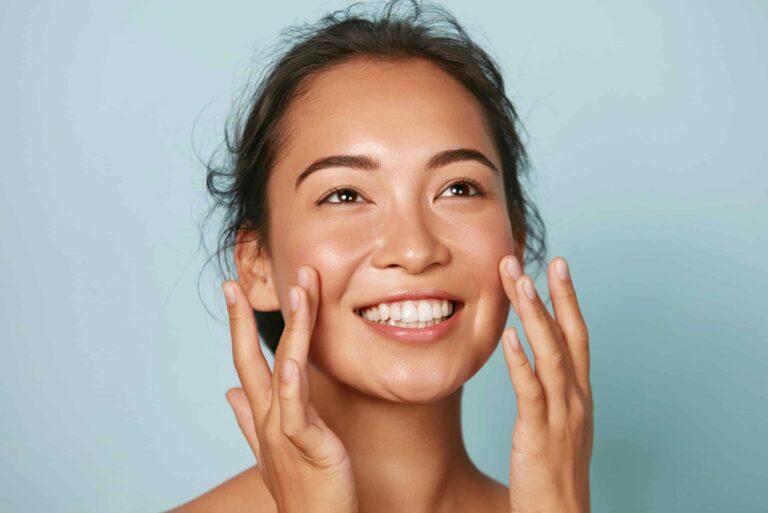Facial asymmetry, while often natural to some extent, can be more pronounced in certain individuals. It can sometimes result in self-consciousness or dissatisfaction with appearance.
One popular and effective treatment option for those seeking non-surgical solutions is to correct facial asymmetry with fillers. In this guide, we delve into the benefits and risks of this procedure, explore the step-by-step process, discuss aftercare, and look into future trends in facial asymmetry correction.
Understanding Facial Asymmetry: Causes and Solutions
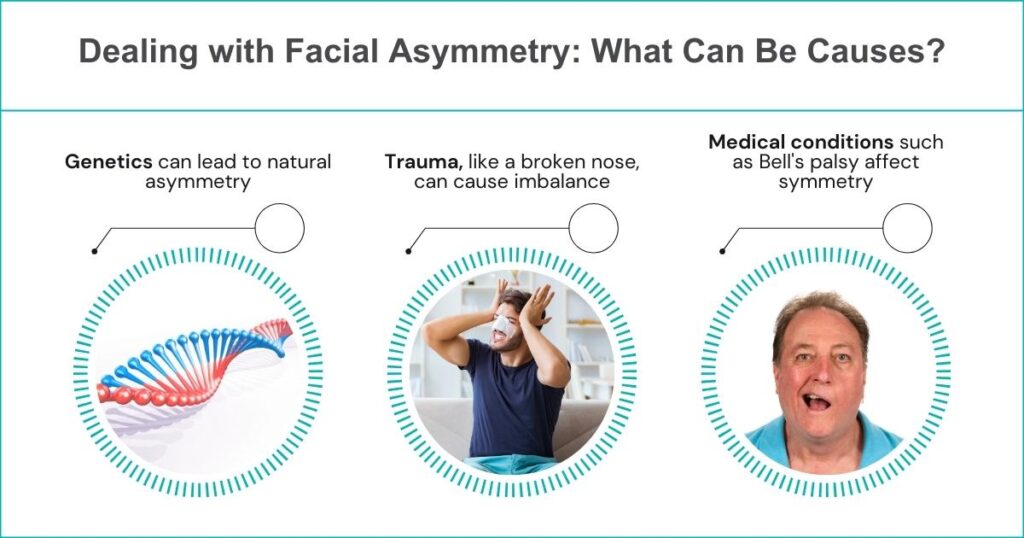
Asymmetrical facial features occur when the two halves of the face are not perfectly symmetrical. While minor variations are normal, significant asymmetry may be caused by genetic factors, trauma, or certain medical conditions. Different solutions exist for correcting facial asymmetry, ranging from surgical procedures to less invasive options like fillers.
- Genetics: Some people are simply born with asymmetrical faces.
- Trauma: The face can become asymmetric after trauma, such as a broken nose or stroke.
- Medical conditions: Face asymmetry can also be caused by conditions such as Bell’s palsy or cleft lip and palate.
Exploring the Use of Dermal Fillers for Facial Asymmetry
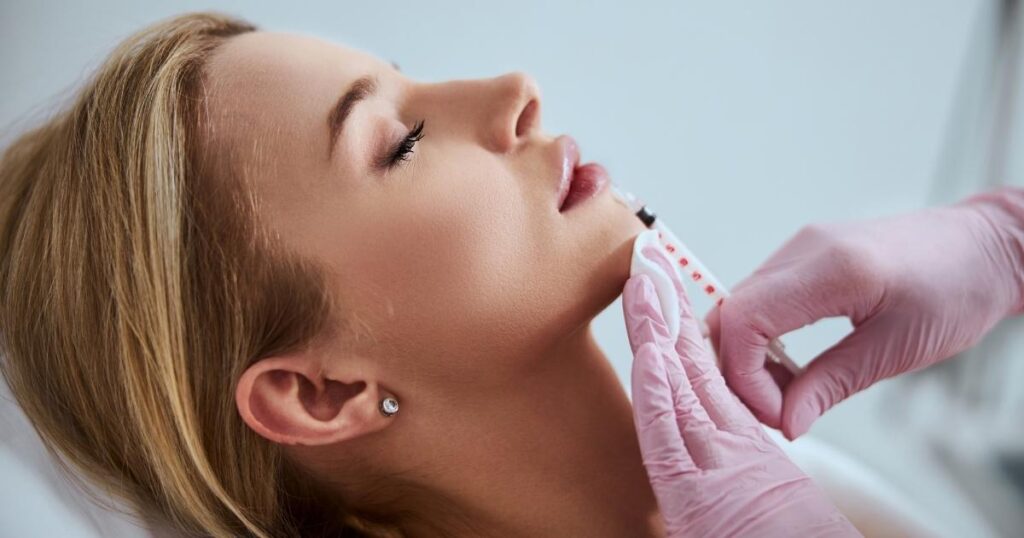
Dermal fillers are injectable substances that add volume and smooth out lines or wrinkles. They are increasingly used to correct facial asymmetry, offering a less invasive alternative to surgery. Fillers, such as hyaluronic acid, can be carefully injected to restore balance and symmetry to the face.
Book A Consultation With Dr Tarek Bayazid
Top-rated Plastic Surgeon For Fillers in Dubai
Installment Plan Available
- Dermal fillers offer a non-invasive method of addressing facial asymmetry.
- The compatibility of hyaluronic acid with the body makes it a popular filler.
- With careful application, fillers can create a more balanced, symmetrical appearance.
Step-by-Step Process of Correcting Facial Asymmetry with Fillers
Correcting facial asymmetry with fillers involves consultation, mapping, injection, and aftercare. A healthcare professional assesses the face and discusses the desired outcomes with the patient. Then, they strategically inject the chosen filler to even out asymmetries and create a harmonious appearance.
| Step | Description |
| Consultation | The doctor will diagnose the asymmetry and suggest a treatment plan. You may also ask them questions. |
| Preparation | The skin will be cleansed and numbed with a local anaesthetic. |
| Injection | The filler will be injected into the desired areas. The doctor will use a very fine needle to minimise pain and discomfort. |
| Aftercare | You may experience some bruising and swelling. It is normal to experience this, and should subside in a few days. |
| Results | The results of the procedure will be visible immediately. The body will gradually absorb the filler over time, so the results will not be permanent. |
Benefits and Risks of Using Fillers for Facial Asymmetry
Fillers provide several benefits, such as instant results, minimal downtime, and less invasiveness compared to surgical methods. However, they also carry risks like swelling, bruising, and, in rare cases, more serious complications. It’s crucial to have fillers administered by a trained professional to minimise potential risks.
Benefits:
- Less invasive alternative to surgery
- Relatively quick and easy to perform, with minimal downtime
- The cheeks, lips, and chin can be filled in with this product to add volume
- It can help to balance the face and improve symmetry
Risks:
- Small risk of infection, bruising, and swelling
- The results of the procedure are not permanent
- The filler may migrate over time, which can cause unnatural results
- There is a small risk of allergic reaction to the filler
Before and After Correcting Facial Asymmetry with Fillers
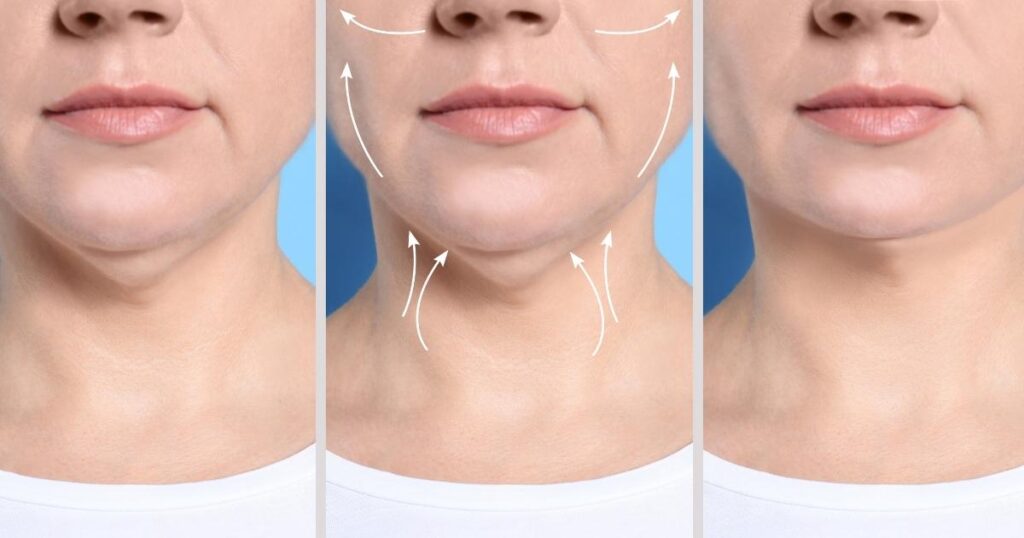
Examining before and after photos can provide a realistic expectation of what fillers can achieve. These case studies reveal the transformative effects of fillers when used for facial asymmetry. Individual results will vary depending on the level of asymmetry and the type of filler.
- Before and after photos demonstrate the potential of fillers for facial asymmetry.
- Outcomes can vary significantly based on individual facial structure and desired results.
- Selecting the right type and amount of filler is crucial for achieving a balanced and natural look.
See related: Price of dermal fillers in Dubai
Choosing the Right Type of Filler for Facial Asymmetry Correction
Each filler has its unique characteristics suited to a particular application. Hyaluronic acid fillers are often chosen for their versatility and reversibility. The choice of filler also depends on the patient’s skin type, the area of the face to be treated and the desired longevity of results.
| Type of Filler | Description | Benefits |
| Hyaluronic acid | A naturally occurring substance that is used to add volume to the skin. | The drug is relatively safe and well-tolerated. It can fill areas of the face lacking volume, such as the cheeks, lips, or chin. |
| Collagen | The skin contains keratin proteins. It is used to add volume and smooth out lines or wrinkles. | Generally, it is considered safe and well-tolerated. It can fill areas of the face lacking volume, such as the cheeks, lips, or chin. |
| Polylactic acid | A synthetic material that is used to add volume and smooth out lines or wrinkles. | IAs far as safety and tolerance go, it is relatively safe. It can fill areas of the face lacking volume, such as the cheeks, lips, or chin. Wrinkles and lines can also be smoothed out with it. |
| Radiesse | A synthetic material that is used to add volume and smooth out lines or wrinkles. | There are no serious side effects, and it is generally well-tolerated. It can fill areas of the face lacking volume, such as the cheeks, lips, or chin. Smoothing wrinkles or lines can also be achieved with this product. |
Post-Procedural Care After Facial Asymmetry Correction with Fillers
Proper aftercare following a filler treatment is essential for optimal results and recovery. This might include avoiding excessive sun exposure, strenuous exercise, and alcohol for some time. It’s also important to follow any specific instructions the healthcare provider gives.
- Avoid touching or rubbing the treated areas.
- Apply ice or a cold compress to the treated areas to reduce swelling.
- Use sunscreen to protect the treated areas from the sun.
- Avoid strenuous activity for 24 hours.
- Within 24 hours of taking aspirin, avoid using other blood thinners.
- Follow your doctor’s or plastic surgeon’s instructions carefully.
The Future of Facial Asymmetry Correction: Beyond Fillers
While fillers offer a promising solution for facial asymmetry, researchers continuously explore new methods and technologies. Future advancements involve more permanent solutions or even non-invasive AI and machine learning treatments. As technology advances, the possibilities for facial asymmetry correction will continue to evolve.
- More permanent solutions: Researchers are developing more permanent solutions for facial asymmetry, such as implants or bone grafts. These solutions may be more effective than fillers in the long term but also carry more risks.
- Non-invasive AI and machine learning treatments: Artificial intelligence and machine learning are used to develop noninvasive treatments for facial asymmetry. These treatments use computer algorithms to analyse the face and identify areas of asymmetry. The algorithms then generate a treatment plan that can be used to correct the asymmetry.
- Combination therapies: In the future, combination therapies will likely be used to treat facial asymmetry. The therapies may combine fillers with implants and non-invasive procedures.
Correcting facial asymmetry with fillers offers a practical, less invasive alternative to surgical procedures. With numerous filler options available, it’s essential to consult a healthcare professional to choose the most suitable one.
To explore the best options for correcting your facial asymmetry with fillers, book a consultation with Dr Tarek, a trusted healthcare professional experienced in this field. Discover the power of non-surgical alternatives and journey towards achieving balanced and harmonious facial features.
Don’t wait any longer; take the first step towards immediate and remarkable results by scheduling a consultation with Dr Tarek today.



